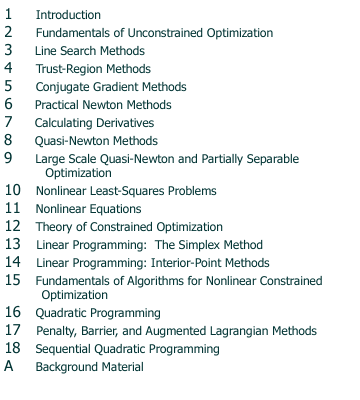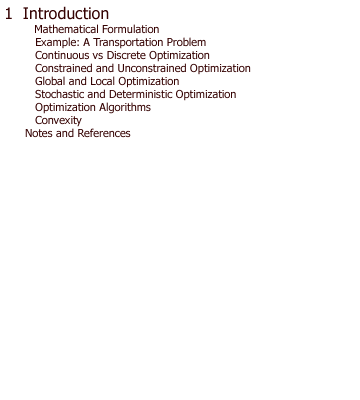This page is maintained by
Henry Wolkowicz (
)
:
Faculty of Mathematics,
University of Waterloo | 200 University Ave. W. | Waterloo, Ontario
Canada | N2L 3G1 | 519.885.1211 | www.math.uwaterloo.ca









